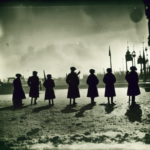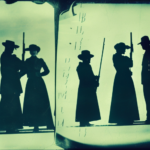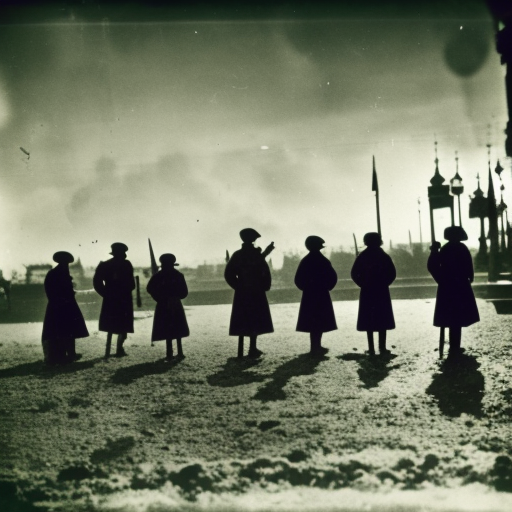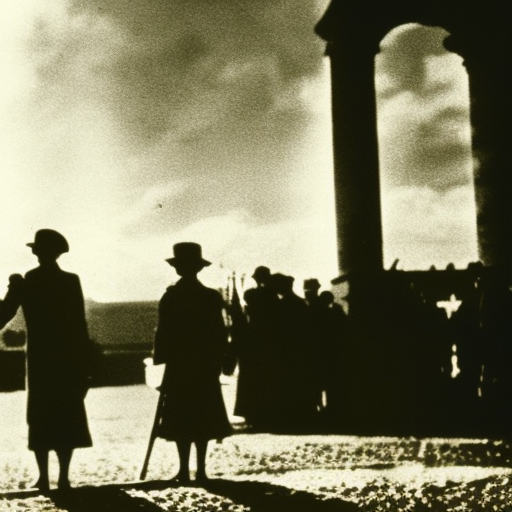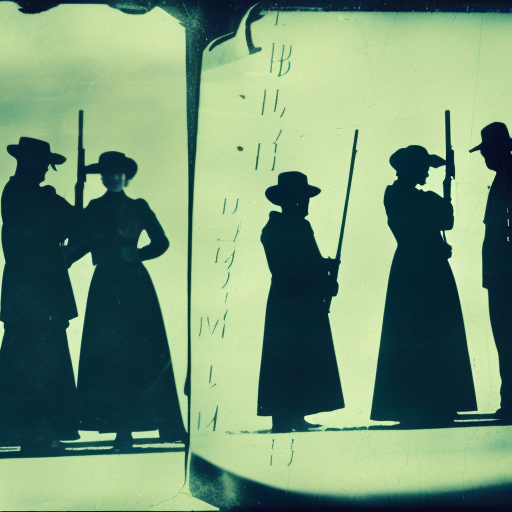The October Revolution (1917)
The October Revolution, also known as the Bolshevik Revolution, was a pivotal event in Russian history that took place in October 1917. It marked the overthrow of the Provisional Government and the establishment of Soviet power under the leadership of the Bolshevik Party, led by Vladimir Lenin.
Background
The October Revolution was the culmination of a series of events that began with the February Revolution earlier in 1917. The February Revolution resulted in the abdication of Tsar Nicholas II and the establishment of a Provisional Government. However, the Provisional Government faced numerous challenges, including the continuation of World War I, food shortages, and a lack of popular support.
The Bolsheviks and Lenin
The Bolshevik Party, led by Lenin, was a radical socialist group that aimed to seize power from the Provisional Government and establish a socialist state. Lenin’s ideas were based on the writings of Karl Marx and his vision of a proletarian revolution. The Bolsheviks gained support among workers, soldiers, and peasants by promising an end to the war, land redistribution, and workers’ control of factories.
The October Revolution
On the night of October 25, 1917 (according to the Julian calendar, which was in use in Russia at the time), the Bolsheviks launched their revolution. They seized key government buildings, including the Winter Palace in Petrograd (now St. Petersburg), the seat of the Provisional Government. The revolution was relatively bloodless, as most of the government’s forces either surrendered or joined the Bolsheviks.
Consolidation of Power
Following the revolution, the Bolsheviks faced opposition from various groups, including the remaining members of the Provisional Government, monarchists, and other socialist factions. The Bolsheviks quickly established the Council of People’s Commissars, with Lenin as its chairman, to govern the country. They also created the Red Army to defend the new regime.
Civil War
The October Revolution triggered a civil war that lasted from 1918 to 1922. The Bolsheviks, known as the Reds, fought against a coalition of anti-Bolshevik forces, known as the Whites. The war was characterized by brutal fighting, atrocities, and foreign intervention. The Reds ultimately emerged victorious, largely due to their superior organization and the leadership of figures such as Leon Trotsky.
Impact
The October Revolution had a profound impact on Russia and the world. It led to the establishment of the Soviet Union, the world’s first socialist state. The Bolsheviks implemented radical policies, including the nationalization of industry, collectivization of agriculture, and the suppression of political opposition. These policies had far-reaching consequences for the Russian people, shaping the country’s political, economic, and social landscape for decades to come.
Legacy
The October Revolution inspired socialist and communist movements around the world. It also sparked a global debate about the merits and drawbacks of socialism and capitalism. The revolution’s centenary in 2017 was marked by commemorations and discussions about its significance and legacy.
In conclusion, the October Revolution of 1917 was a pivotal event in Russian history that led to the overthrow of the Provisional Government and the establishment of Soviet power under the leadership of the Bolshevik Party. The revolution triggered a civil war and had a profound impact on Russia and the world, shaping the course of the 20th century.





